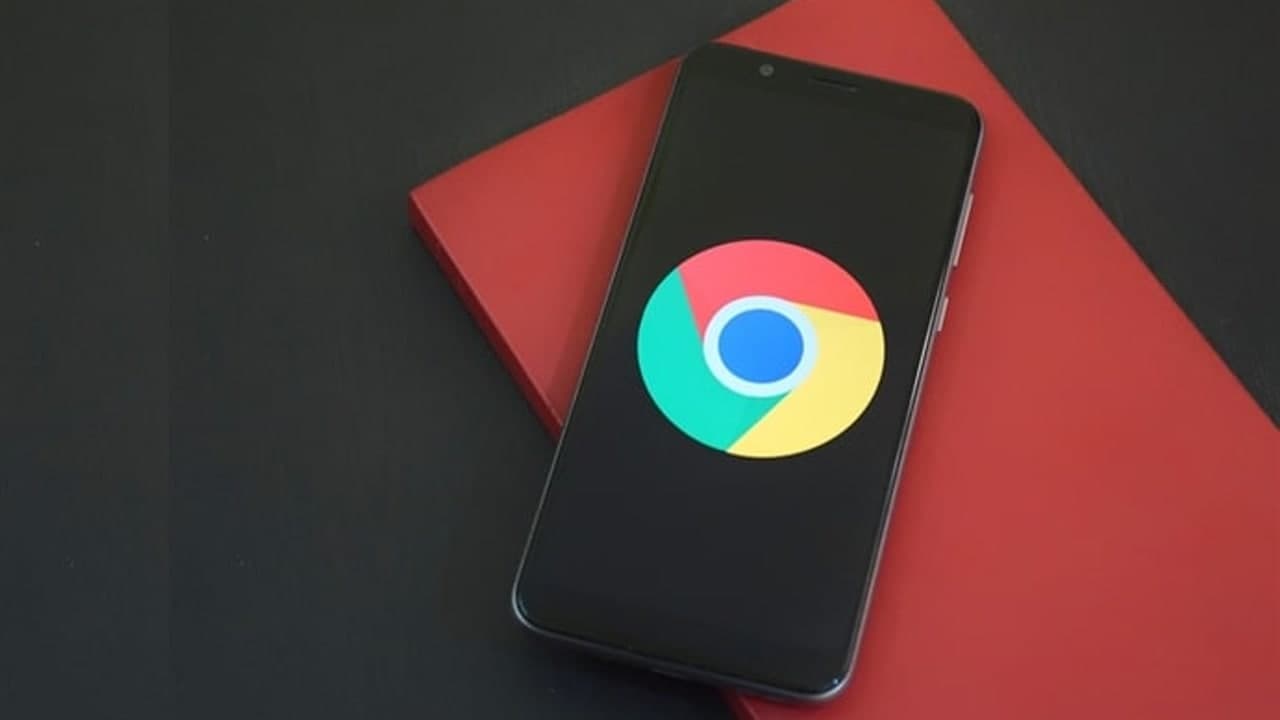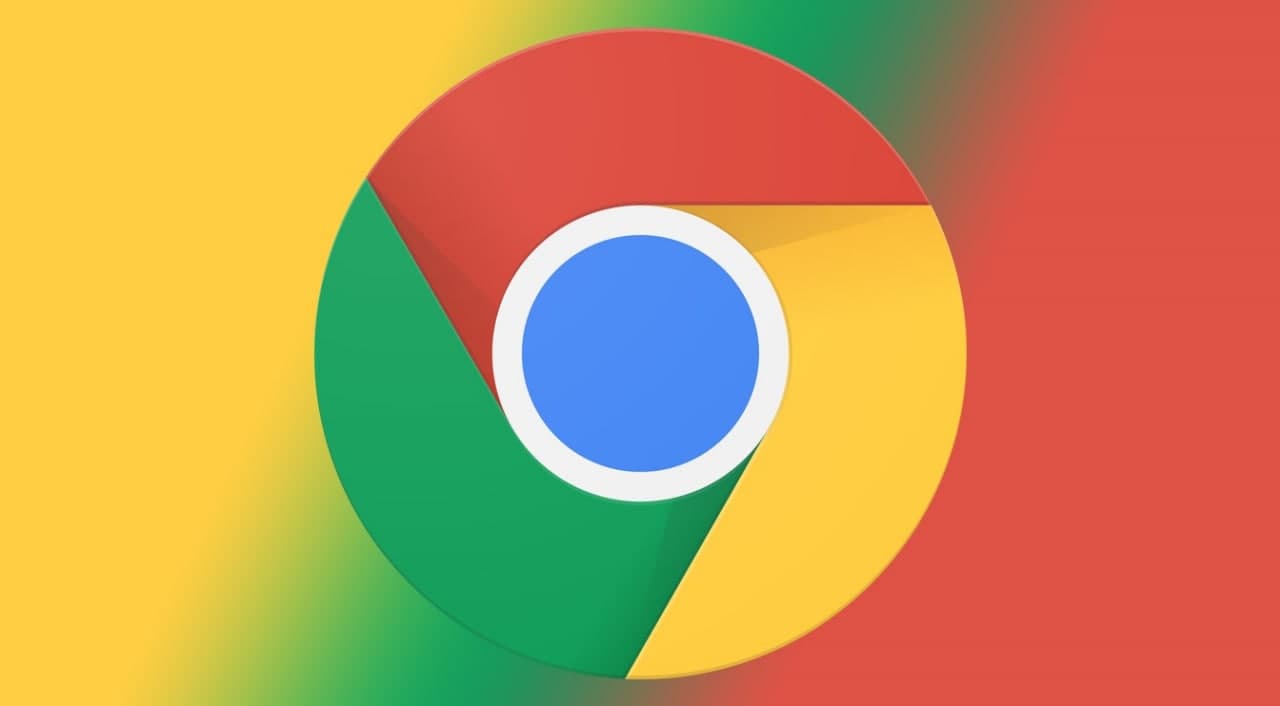The Google Chrome browser has always been the top browser’s popularity and has often become the browser of choice for many users. In other words, this is not without misunderstandings and problems. Google Chrome devices are notorious because they take up a lot of RAM. We found that due to a memory leak, the Google Chrome browser will slow down over time.
You may have noticed random behavior, such as taking too long to open a new tab, Google Chrome displaying a blank screen for a few seconds, and slow scrolling during web browsing. Each issue is related to a memory leak in the Google Chrome browser. Troubleshoot.
1. USE TASK MANAGER (WINDOWS)
A Task Manager on Windows 10 allows you to see how much resources Google Chrome is taking upon the device. Sometimes, you will be surprised to see how much RAM and CPU usage Google Chrome is taking to deliver a smooth performance. Follow the steps below.
Step 1: Use Ctrl + Alt + Delete key combination on the keyboard.
Step 2: Select Task Manager from the following menu.
Step 3: You will notice Google Chrome along with the other processes it’s running in the background.
To select it, right-click on Chrome in the list and press the “End Task” button at the bottom. This will close all running Chrome processes, free up RAM space and allow you to restart Chrome again. You should also pay attention to other processes running in the background.
2. USE ACTIVITY MONITOR (MAC)
Activity Monitor is Mac’s version of Task Manager. You can opt for Activity Monitor on Mac to keep track of Google Chrome RAM usage and close it.
Step 1: Use the Command + Space keys on Mac and search for Activity Monitor.
Step 2: Open the Activity Monitor and look for Google Chrome.
Step 3: If you notice huge CPU usage spikes, then select the app and click on the ‘X’ icon at the top.
The process will force quit the app completely.
3. USE GOOGLE CHROME’S TASK MANAGER
Did you know that Google Chrome has a built-in task manager? It is available on both Windows and Mac. The “Task Manager” and “Activity Monitor” tricks will completely shut down the application, but what if the delayed tab causes a memory leak in Google Chrome?
In such cases, you can use Google Chrome’s built-in task manager. Go through the steps below.
Step 1: Open Google Chrome and right-click on the tab bar.
Step 2: Select Task Manager from the following pop-up menu.
Step 3: It will open the task manager and you can see the amount of RAM used by Chrome tabs, extensions, and services.
Step 4: Select the process with unnecessary high RAM usage and hit the End Process button at the bottom.
4. DISABLE CHROME EXTENSIONS
Extensions play an important role in the Chrome experience. Using popular extensions can solve the problem well, but if you are used to using unknown extensions, you need to keep track. Some may not be actively maintained, may be out of date, or maybe incompatible with the new Chrome version.
First up, you can use the Chrome Task Manager and disable an extension that’s leaking memory on Chrome. Another way is to remove every extension installed on the browser. Go through the steps below.
Step 1: Open Google Chrome, tap on the three-dot menu at the top.
Step 2: Navigate to More tools > Extensions.
Step 3: It will open the Extension menu. Tap on the Remove button and remove Chrome extensions.
5. RESET ALL CHROME SETTINGS
It can help because there are times when tweaking the wrong settings can eventually cause issues with Chrome, especially if you’re enabling beta features.
You can fix all of that by resetting Chrome.
Step 1: Launch Chrome and open Settings.
Step 2: Scroll down and click Advanced to open all settings.
Step 3: Scroll down to the Reset and clean up section and click Restore settings to their original defaults.
This will open a warning window stating that all Chrome settings will be reset. Just select “Reset Settings” to continue.
Remember, this will disable all extensions, clear temporary data, and clear all cookies. However, it will not affect bookmarks, history records, and saved passwords.
6. USE CHROME MALWARE SCANNER
If none of the above tricks worked, your system might have malware that’s interfering with Chrome. The good news is, Google has integrated an anti-malware scanner that will scan your computer and find any problems.
Step 1: Open Chrome and go to Settings.
Step 2: Scroll down and click Advanced to open all settings.
Step 3: Scroll down to the Reset and clean up section and click Clean up computer.
That will open a window where you can launch the Chrome malware scan. Just select the Find button to start the scan.
7. UPDATE GOOGLE CHROME
The latest update on Chrome may cause memory management failures on the device. Fortunately, the Chrome software team can quickly solve such problems through patches.
Step 1: Open Google Chrome on the device.
Step 2: Click on the three-dot menu at the upper right corner and open Settings.
Step 3: Navigate to the About Chrome menu and update Google Chrome to the latest version.
ENJOY A SMOOTH CHROME EXPERIENCE
Google Chrome memory leaks are a headache, especially when you are about to work. Please follow the steps above and resolve Chrome memory leaks on Windows and Mac. Do you know the following comments are useful to you?




